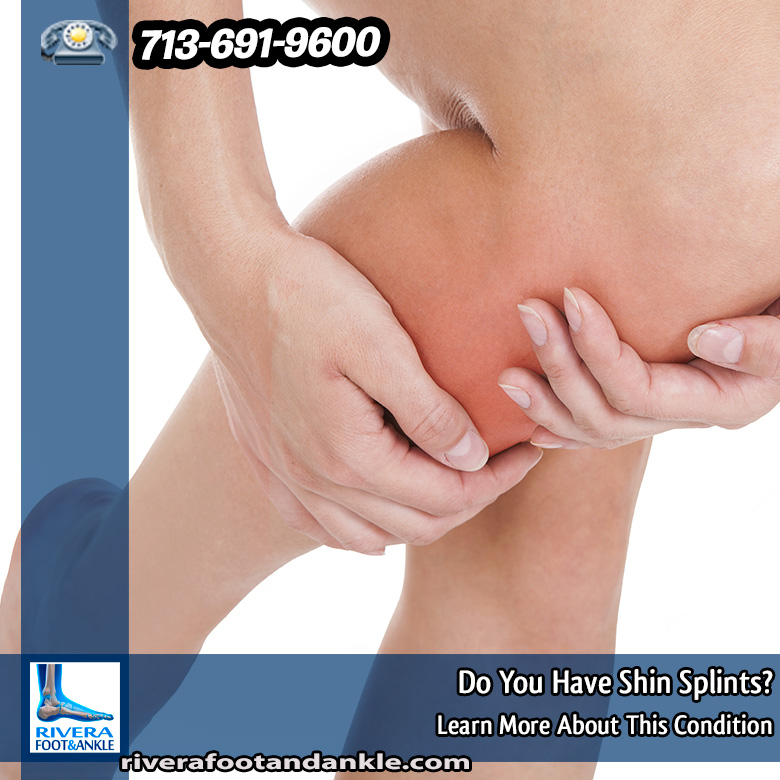Do You Have Shin Splints?
Learn More About This Condition
Definition
Shin splints are a common lower extremity complaint, especially among runners and other athletes.
They are characterized by pain in the front or inside aspect of the lower leg due to overexertion of the muscles. The pain usually develops gradually without a history of trauma, and might begin as a dull ache along the front or inside of the shin (Tibia) after running or even walking. Small bumps and tender areas may become evident adjacent to the shin bone. The pain can become more intense if not addressed, and shin splints should not be left untreated because of an increased risk of developing stress fractures. Shin splints usually involve small tears in the leg muscles where they are attached to the shin bone. The two types of shin splints are: anterior shin splints, in the front portion of the tibia; and posterior shin splints, occurring on the inside of the leg along the tibia.
Cause
Shin splints can be caused when the anterior leg muscles are stressed by running, especially on hard surfaces or extensively on the toes, or by sports that involve jumping. Wearing athletic shoes that are worn out or don't have enough shock absorption can also cause this condition. Over-pronated (flat feet) are another factor that can lead to increased stress on the lower leg muscles during exercise. People with high arched feet can also experience shin splint discomfort because this foot type is a poor shock absorber.
Treatment and Prevention
The best way to prevent shin splints is to stretch and strengthen the leg muscles, wear footwear with good shock absorption, and avoid running on hard surfaces or excessive running or jumping on the ball-of-the-foot. Insoles or orthotics that offer arch support for over-pronation are also important. Treatment for shin splints should include taking a break from the exercise that is causing the problem until pain subsides. Icing the area immediately after running or other exercise can also be effective, along with gentle stretching before and after training. Another option is taking aspirin or ibuprofen to relieve pain and reduce inflammation. It is important not to try to train through the pain of shin splints.
Source: foot
RIVERA FOOT & ANKLE: At Orlando H.Rivera DPM, our priority is to deliver quality care to informed patients in a comfortable and convenient setting. When you have problems with your feet, you need to turn to a podiatrist who listens and responds… an experienced doctor who knows the field and can effectively diagnose and treat your needs… a friendly physician who counsels you on the best ways to maintain and improve your health. Our physician(s) meet all these criteria. Plus, you benefit from a dedicated team of trained professionals who give you the individualized attention you deserve.

Foot Pain Houston
Keywords: Foot and Ankle, Dr. Orlando Rivera, Advanced Foot & Ankle Specialist, Foot and Ankle Podiatry, Houston Food & Ankle Surgical, Treatment of Foot and Ankle, Foot & ankle specialists, Podiatrist in houston, podiatrist in houston, Orlando H.Rivera DPM, Houston Foot Doctor, Food and Ankle Surgeon Houston, Ankle and Foot Specialist Houston, Podiatrist Houston, Foot Pain Houston



